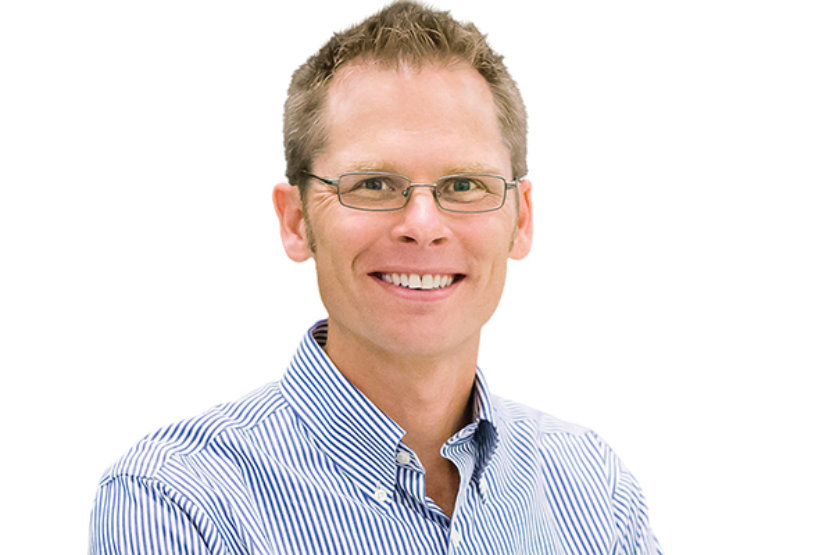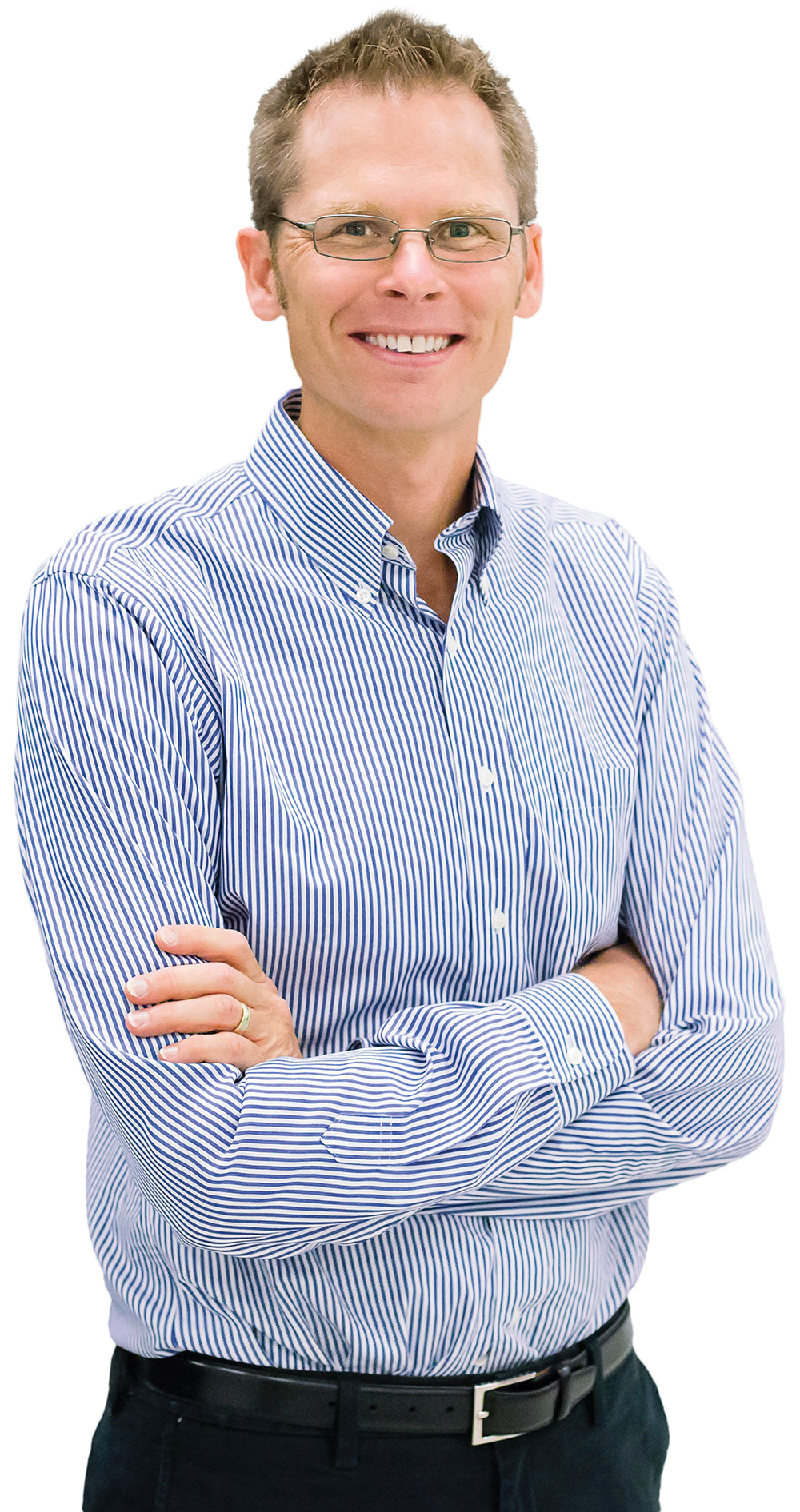In Class: Fluid Mechanic
 Aerodynamics professor Dan Bodony. (Image by L. Brian Stauffer)
Aerodynamics professor Dan Bodony. (Image by L. Brian Stauffer) I focus on how air moves at high speed. Imagine a commercial aircraft with a gas turbine engine flying through the air. I teach my students how the air moves around the wing, how the air goes through the engine. Faster airplanes, supersonic airplanes like the old Concorde, also are covered. I am what some people would call a fluid mechanician.
I teach a course on aeroacoustics, which is the generation of sound. Like talking. Your vocal cords vibrate back and forth as your diaphragm pushes air out from your lungs up through your trachea. That causes the vocal folds to vibrate. Vibration causes the air to move in a transient or unsteady way. When you move your lips and your teeth, that unsteady motion interacts with the motion of your mouth to create the sounds that you ultimately speak. The sound propagates from you to me, then it goes into my ears. It moves my eardrums, and that gets converted to what I perceive as sound.
I’ve written notes for teaching each of my classes, where I imagine talking to my younger self. How would I have wanted to hear the material?
If you’ve ever watched a candle in a still room, you’ve seen that as the smoke goes up, it’s a single line. Then it gets a little wavy. And then it disappears into a cloud of puff stuff. That actually represents three fundamental regimes of fluid mechanics. The part near the candle is laminar, where things are very smooth and gentle and simple to understand. Then there’s the part where it gets wavy. The gas, as it’s moving up, is becoming easier to perturb. It’s getting unstable. It wants to move around. Then the ultimate state is turbulence, where the motion is entirely chaotic. Turbulence is what causes most of the noise in aerodynamics. We, the engineering community, don’t understand turbulence. Sometimes there’s no obvious design change. Sometimes there’s no obvious way to control it.
My research relies on very large computers, running programs that we have written to predict what the air is going to do, and calculating the noise that will be produced. I’m a Blue Waters professor, and we have run [our programs] on that computer for a long time. But there are computers like that all across the country that we use on a daily basis. The biggest one right now is in Texas, and we just used the entire machine for 24 hours a couple of days ago.
I have also conducted research on how a bird in the Panamanian forests makes noise to find a mate. I have done simulations of prototypical human vocal cords and predicted the sound of what an adult might sound like saying the phrase, “Ahh.” Those non-traditional aerospace engineering areas are worth mentioning.
Edited and condensed from an interview conducted on March 13, 2020.


